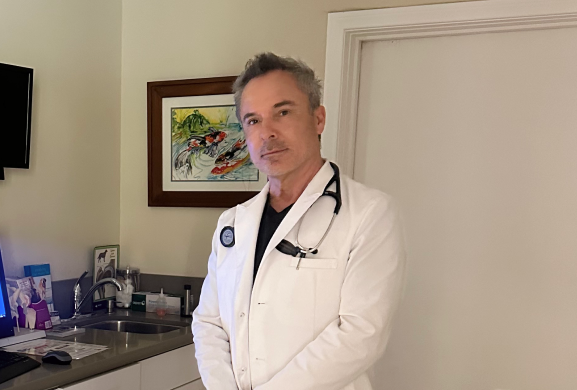ORTHOPEDIC CARE
Irvine, CA- Innoplant Vet of Hannover Germany has now released its latest advancements to the Helica THR system (Total Hip Replacement) for the USA veterinarians.
As support grows for the Helica TPS system for, Medicatech Vet would like to thank Dr. Zoran Djordjevich of Mohnacky Animal Hospital in Carlsbad, California for his help with the Helica TPS development here in the USA. He is the first veterinarian in the U.S. to implant the 24mm Helica Screw cup and is now the first to implant a prototype 11mm X 41mm Helica TPS stem. Dr. Djordjevich or "Dr. George," as he is known to his clients, has supported the Helica system since its inception and has been working with Medicatech Vet to improve both the Helica stem's design and surgical technique. This groundbreaking surgery will now open up a whole new size range for dogs who otherwise would not have been a good candidate for the Helica THR system.
After taking the Helica system course back in January 2007, Dr. George further believed that he would prefer to implant the Helica stem prosthesis through the far cortex of the femur from the start (see radiographs). Although this approach is new to many of the veterinarians here in the United States, they have been using this method in Europe for the past 2 years now.
Dr. George is now offering the Helica TPS total hip replacement surgery to all his patients that are diagnosed with chronic/progressive hip disease.

Our Surgeries
We offer a wide variety of orthopedic procedures and other services and will work with you to determine the best plan for your pet.




